
I’ll give the Baseball Writers Association credit for one thing, for the most part, its voters are fairly transparent with their selections. Unfortunately, the same can’t be said for the voters of the NHL Hall of Fame. They operate in secrecy, and many times their selection process and choices raise a lot of eyebrows. The 18 members of the HoF Selection Committee really should have to explain their decisions. Since the Committee is so inept at their jobs, I have decided to attempt to try and help them out.
Here are 5 players that should be inducted into the Hockey Hall of Fame and 5 that will only get in with the cost of admission.
Out – Sergei Gonchar
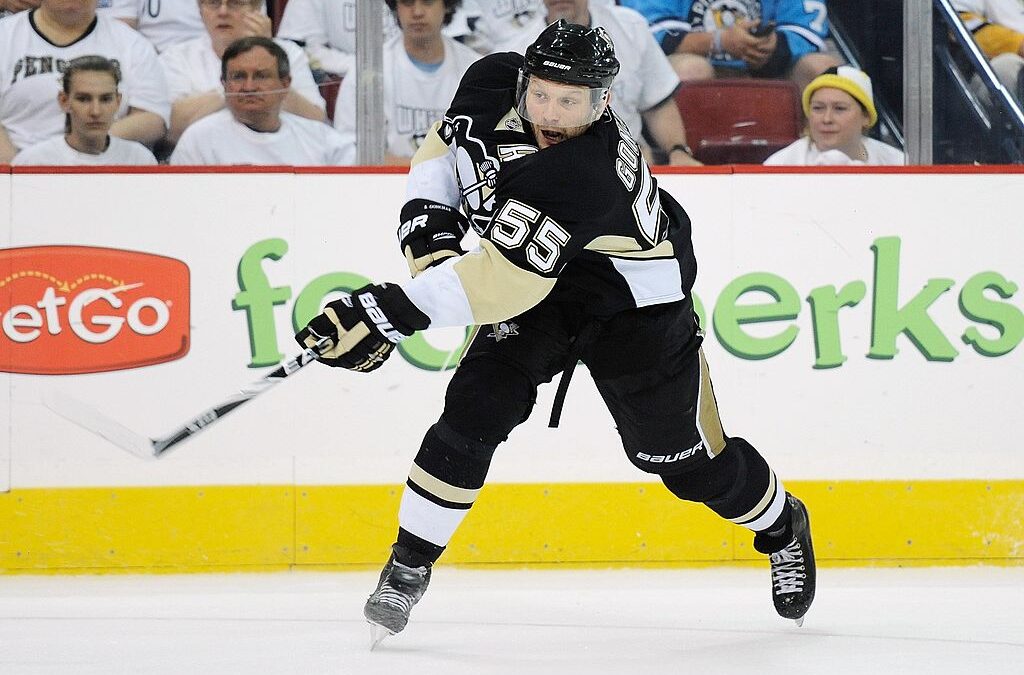
There were a lot of things to like about Sergei Gonchar’s game. In 1,301 games spanning 20 years in the league, he was a great defensive-defenseman, receiving votes for the Norris Trophy in 10 different seasons. In addition, the defenseman contributed 220 goals and 591 assists for six different teams. Unfortunately, all of that just isn’t good enough for the Hall of Fame. As good as Gonchar was, he was never the best defenseman in the league.
He may have earned votes for the Norris Trophy, but he never finished higher than 4th in the voting. His scoring ability was also average at best. “Gonch” won a Stanley Cup in 2009 with the Penguins, and while he played well, that title most certainly wasn’t won because of him. Hall of Fame mortality just isn’t in the cards for Sergei Gonchar.
In – Mike Richter
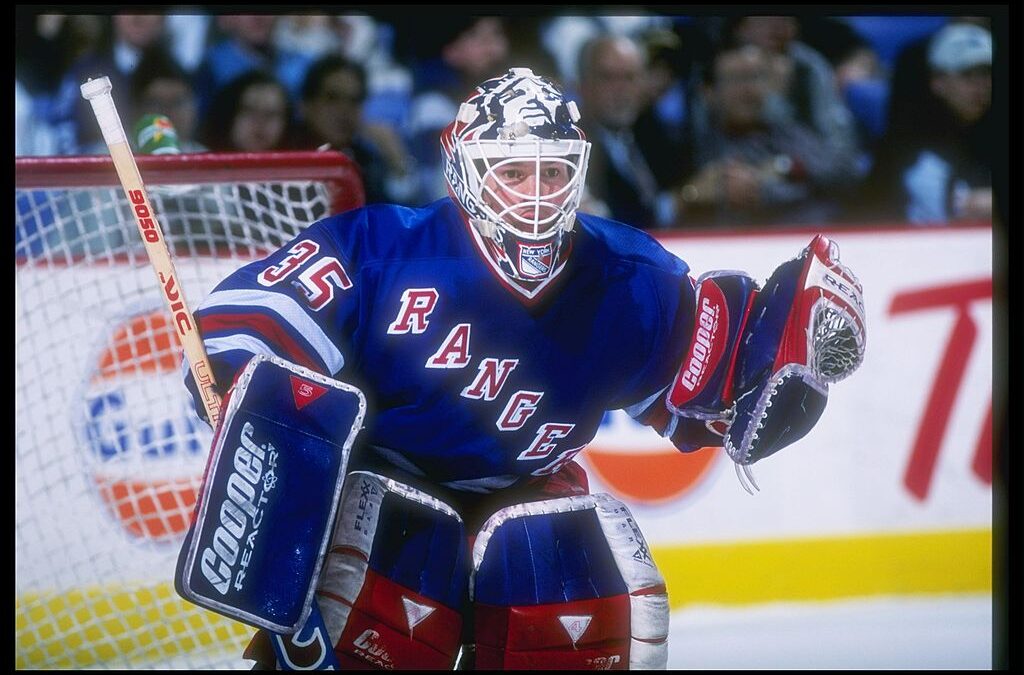
Mike Richter is an interesting case for the Hall of Fame. His numbers aren’t overwhelming, and he only spent 14 years in the league (we’ll get to that later), but a closer look reveals an argument in his favor. On the surface, he won a total of 301 games with a 2.89 GAA and a .904 save percentage. The former netminder also backboned the Rangers’ run to the Stanley Cup in 1994. His 301 wins rank 38th all-time, but it is only four behind HoFer Billy Smith, and his 45.20% win percentage ranks higher than HoFers Glenn Hall (407 wins) and the aforementioned Smith. Additionally his career GAA and save percentage is better than Hall of Famer Tom Barrasso.
Click on ‘Follow Us’ and get notified of the most viral NHL stories via Google! Follow Us
The factors working against Richter: a lack of longevity and being overshadowed because he played at the same time as several other Hall of Famers, are beyond his control. Mike Richter is a Hall of Fame NHL player.
Out – Bernie Nicholls
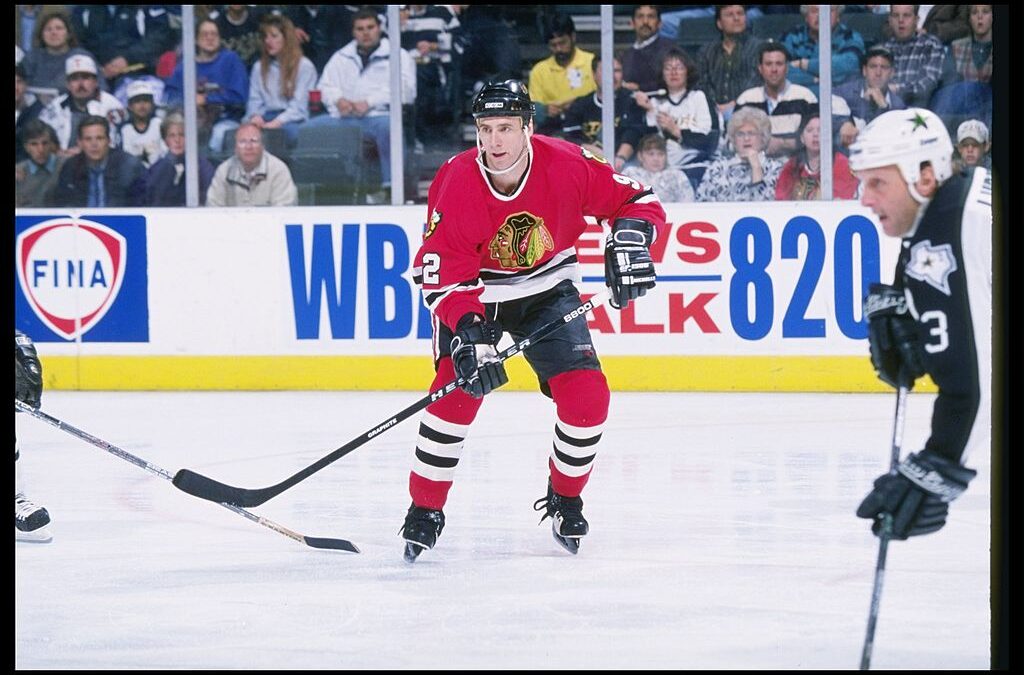
What happened to Bernie Nicholls? His tenure seems like a “Tale of Two Careers”, as he went from being a star to an average player almost overnight. During his 1st full season, the 21-year-old scored 28 goals in 71 games; not a bad start to a career. He followed that up with back-to-back 40-goal seasons. He scored a career-high 70 goals and 150 points during the 1988-89 season. The next year, Nicholls was traded to New York. His production continued with the Rangers, as he averaged just over a point per game during his time in the Big Apple.
However, after the 1st game of the 1991-92 season, the Center was dealt to Edmonton as part of the package that brought Mark Messier to Broadway. He was still productive after the trade, but he never came close to hitting the highs of LA and NY. He finished his career with 475 goals and 1,209 points and probably does deserve serious consideration for the Hall. But as the title states “And 5 That Will Never Make It”, which is too bad for Bernie Nicholls.
In – Rod Brind'amour
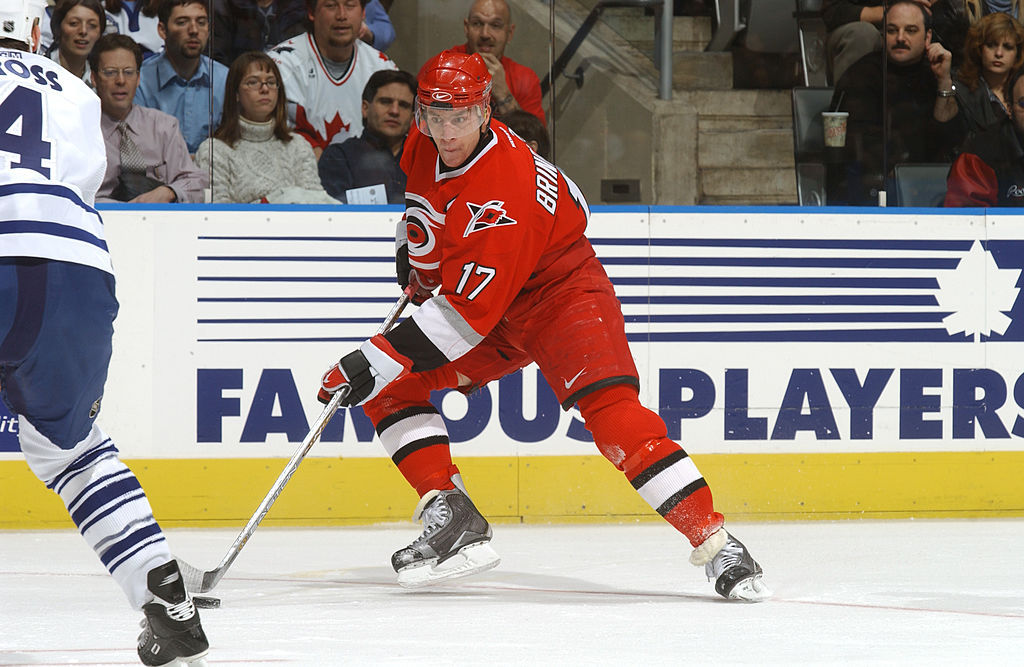
One day, Rod Brind’Amour might be a Hall of Fame coach, but for now, let’s focus on his credentials as a player. Over a long and illustrious 20-year career, the Center became a solid presence for both the Flyers and Hurricanes. He finished his career with 452 goals, 1,184 points, a 2x winner of the Selke Trophy, and a Stanley Cup in 2006 with Carolina. That is a pretty successful resume, oh and he’s won a World Championship gold medal, this is the Hockey Hall of Fame; it’s not just for the NHL.
While never close to leading the league in scoring, he was a consistent two-way player who was capable of scoring 20-30 goals a season while providing a strong defensive presence as well. Those kinds of players are not typically recognized, but they provide an important role and should be acknowledged for it. Rod Brind’Amour was one of the better ones and deserves induction into the NHL Hall of Fame.
Out – Patrick Marleau
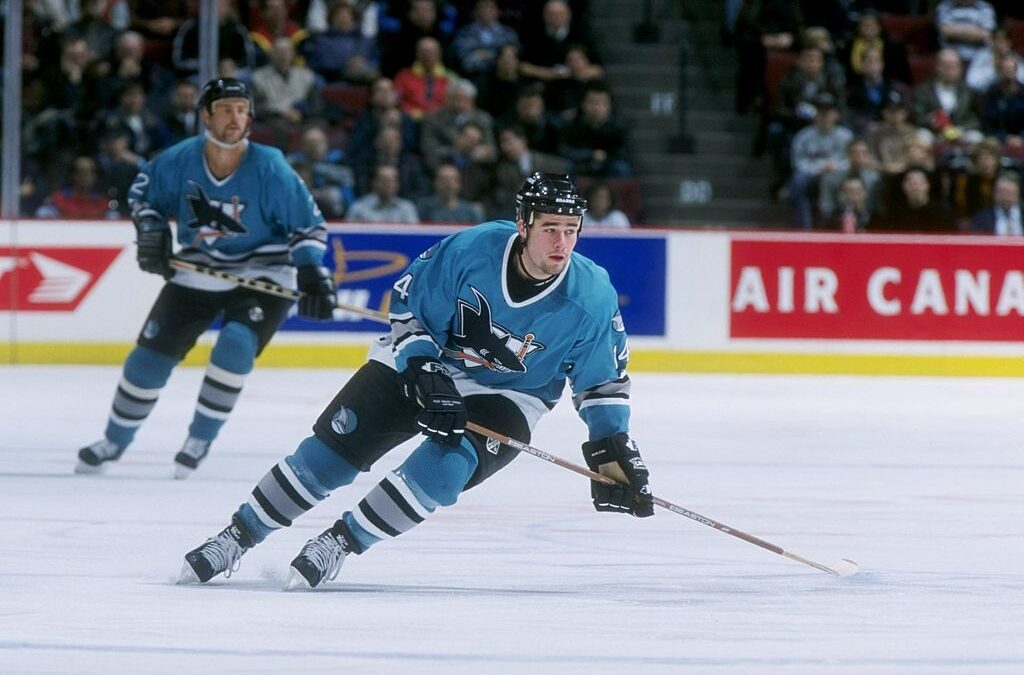
Patrick Marleau is a borderline NHL Hall of Fame player who, unfortunately, falls on the wrong side of that line. At first glance, Marleau’s stats look like Hall of Fame-worthy numbers: 566 goals and 1,197 points, but a deeper dive reveals a different tale. His numbers are built on the fact that he played 23 years in the league. Over his career, he averaged 25 goals and 52 points in 77 games a season. You throw 25 goals into the net over a near-quarter century in the league, and you’d have good numbers too.
It just doesn’t make one a Hall of Famer. It makes one a compiler. To further the argument against Marleau, he was never an All-Star, never won a major award, and never won the Stanley Cup. He was inducted into the San Jose Sports Hall of Fame in 2023, and after 23 seasons, his number was retired by the Sharks, but that’s as far as the honors should go.
In – Keith Tkachuk
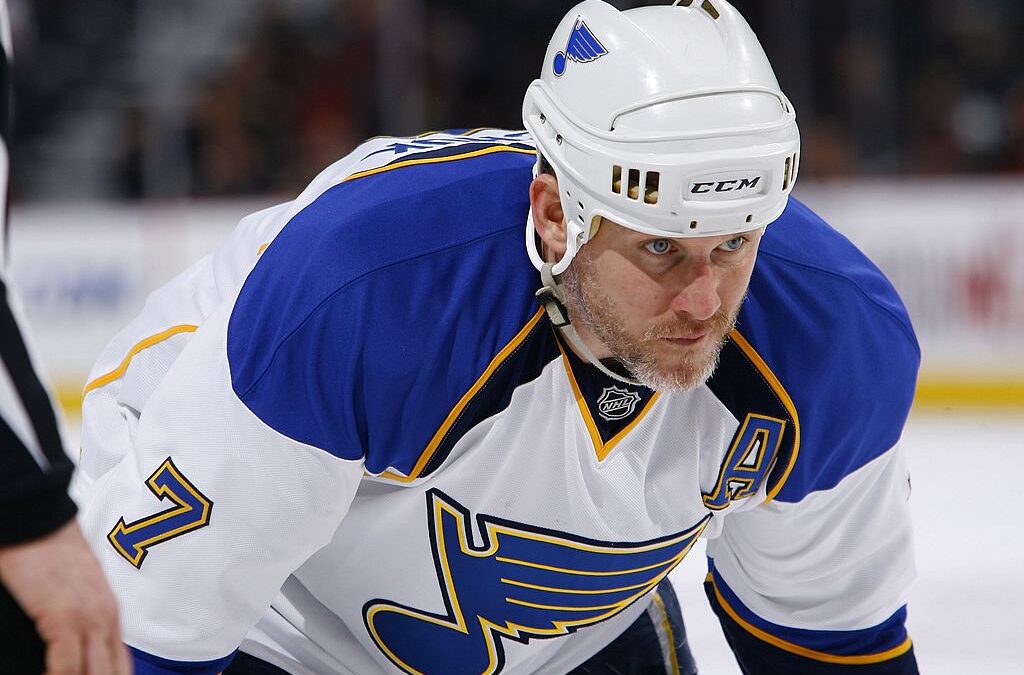
Keith Tkachuk belongs in the Hockey Hall of Fame. Period. End of story. That should be all that news to be written for the article, but since the Hall voters simply don’t understand, let’s enlighten them. Tkachuk scored 538 goals and 1,065 points over his 18-year career and was a 2x All-Star. His detractors will point out that he has never won a major award or a Stanley Cup, but they are still wrong. For me, determining a Hall of Famer is generally an easy task.
I look at statistics, accolades, accomplishments, historical rankings, a few other key components, and lastly, the eye test. Tkachuk checks several boxes. In addition to the previously mentioned numbers, he is also the highest-scoring American winger not in the HoF, and for about a decade, he was one of, if not the league’s best power forwards. Keith Tkachuk’s place in Toronto is long overdue.
Out – Shea Weber
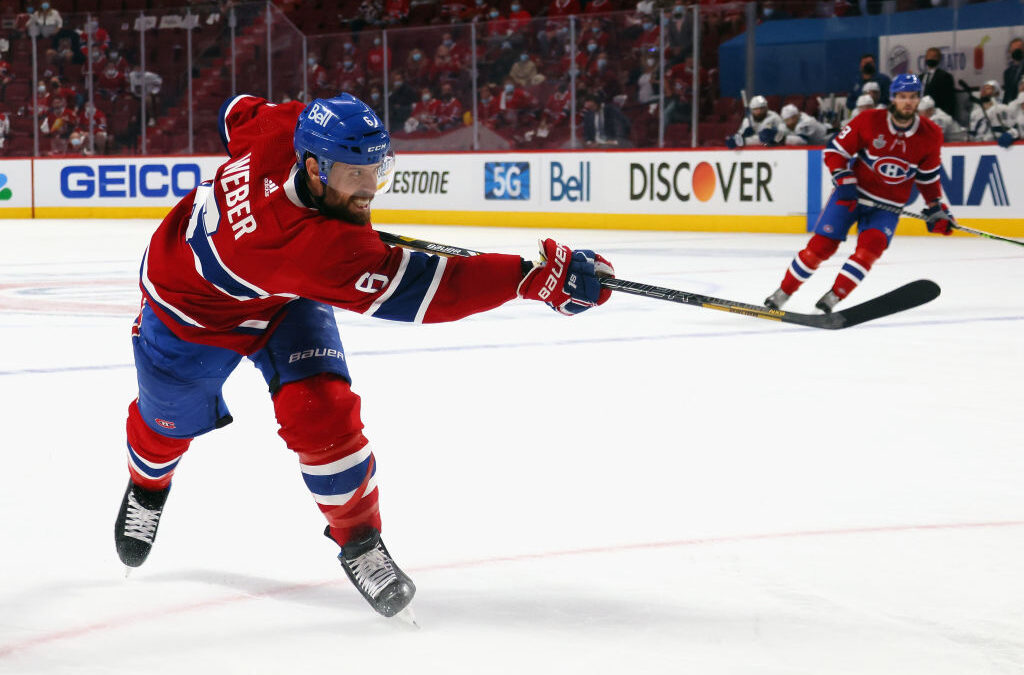
Shea Weber was a great defensive defenseman, but unfortunately, he’s not great enough to make it into the Hall of Fame. There is no arguing that Weber was a very good defenseman over his 16-year career, as evidenced by his 4 All-Star selections. But he was never elite. Weber played over 1,000 games and only scored 589 points, and never had more than 56 points in a season. He was a physical presence on the blue line, but the defensive aspect alone makes it tough to get one into the NHL Hall of Fame. The lack of offensive production hurts Weber.
His supporters will point to the fact that he earned votes for the Norris Trophy in 10 consecutive seasons. Looks like it’s the “always a bridesmaid, never a bride” scenario, as it seems that Shea Weber won’t be walking down the aisle to the Hall of Fame.
In – Pekka Rinne
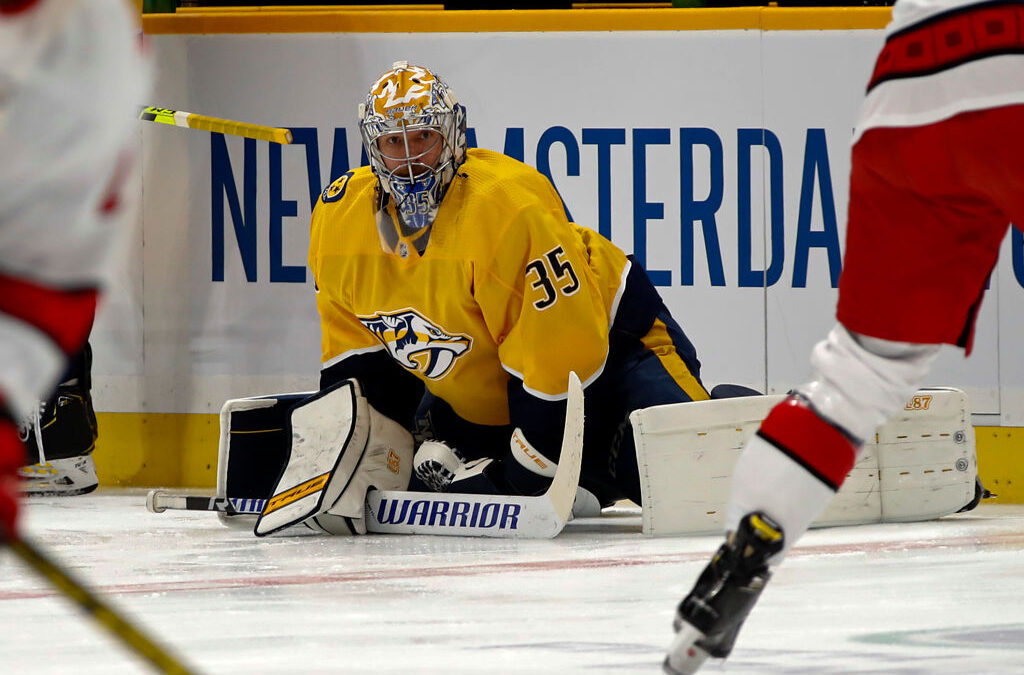
Simply put, Pekka Rinne is a Hall of Famer. Over a 15-year span in Nashville, the goalie won 369 games, had a .917 save percentage, 60 shutouts, was a 2x All-Star, and won both the King Clancy Memorial Trophy and the Vezina Trophy. He also had three other top-5 finishes for the Vezina. His win total is the same as Tom Barrasso and more than Rogie Vachon and Billy Smith, all Hall of Fame inductees. Although they didn’t win, in the 2016-17 season when the Predators went to the Stanley Cup finals, the star goalie was 14-8 with a 1.96 GAA in 22 games.
The only thing missing from his resume is a Stanley Cup, but that shouldn’t be held against him. Nashville’s all-time leader in wins deserves his place in Toronto. He’s eligible for induction in 2024. Hopefully, the voters do the right thing and induct Pekka Rinne.
Out – Patrik Elias
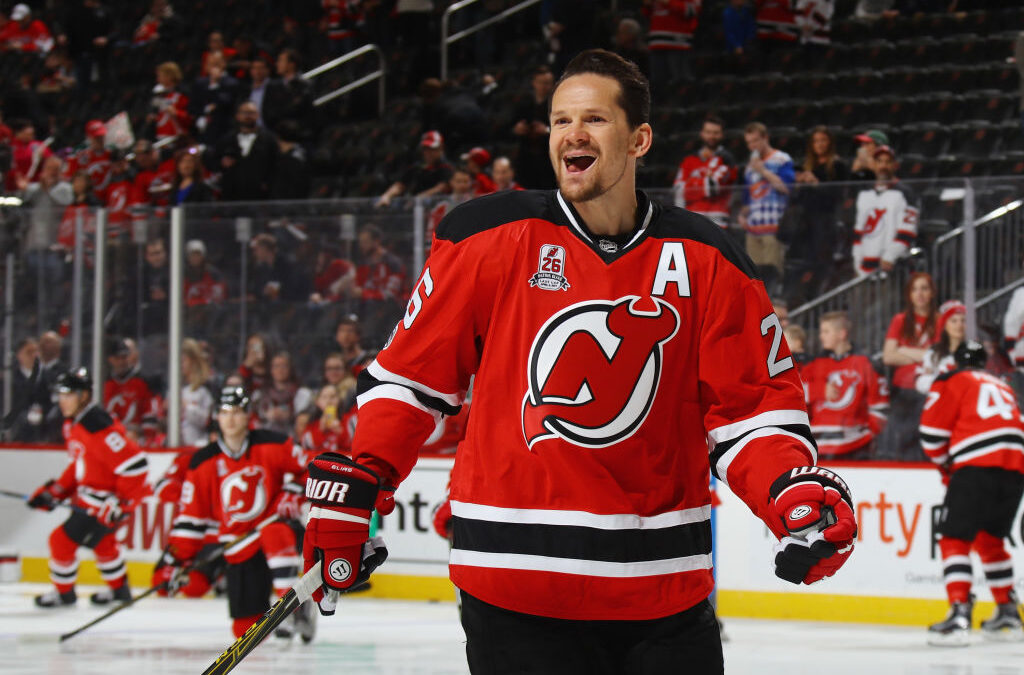
There is an argument to be made for inducting Patrik Elias into the Hall of Fame, but there is a better argument for keeping him out. He did have 408 goals and 1,025 points in 1,240 career games. Those are good numbers for a former 2nd round draft pick until you remember that he played in the league for 20 years. Like Patrick Marleau earlier, Elias is a compiler. The Left Winger only averaged 20 goals and 51 points a season.
Those 408 goals don’t look that impressive now. He did win 2 Stanley Cups with New Jersey, and although he was an important part of that team, the Devils were known more as a defensive team and did have Martin Brodeur in goal. At best, Patrik Elias is a “borderline” Hall of Fame NHL player, but the chances of his induction really don’t look promising.
In – John LeClair
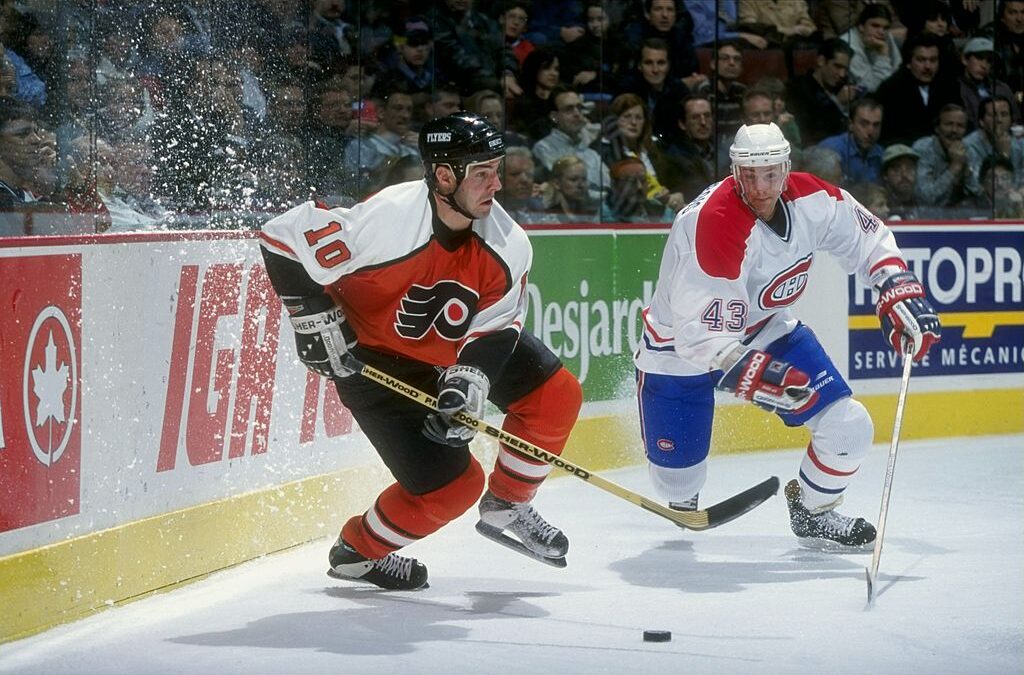
Many hockey experts probably consider John LeClair a borderline Hall of Famer, but there is an argument to be made for his induction. He is the perfect example of a late bloomer turned into a star. For several years, LeClair was one of, if not “the”, best power forwards in the game. During a 5-year stretch while with the Flyers, the Left Winger averaged 47 goals, 90 points, and 81 games a season. “Johnny Vermont” wasn’t just a force in the offensive zone, as he was also adept in the defensive zone as well.
LeClair was a finalist for the Selke and Lady Byng trophies on several occasions. He finished his career with 406 goals and 819 points, was a 5x All-Star, and won the Stanley Cup while a member of the Canadiens, but John LeClair will always be remembered for his run of domination in the late 90s, and hopefully, his future Hall of Fame induction.


